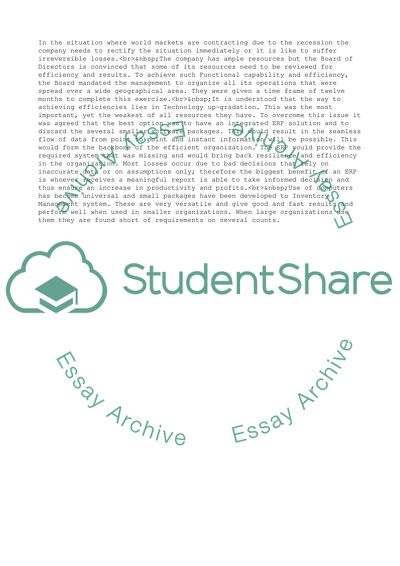Cite this document
(“Pearl Group of India Case Study Example | Topics and Well Written Essays - 4750 words”, n.d.)
Pearl Group of India Case Study Example | Topics and Well Written Essays - 4750 words. Retrieved from https://studentshare.org/business/1558772-case-study
Pearl Group of India Case Study Example | Topics and Well Written Essays - 4750 words. Retrieved from https://studentshare.org/business/1558772-case-study
(Pearl Group of India Case Study Example | Topics and Well Written Essays - 4750 Words)
Pearl Group of India Case Study Example | Topics and Well Written Essays - 4750 Words. https://studentshare.org/business/1558772-case-study.
Pearl Group of India Case Study Example | Topics and Well Written Essays - 4750 Words. https://studentshare.org/business/1558772-case-study.
“Pearl Group of India Case Study Example | Topics and Well Written Essays - 4750 Words”, n.d. https://studentshare.org/business/1558772-case-study.


